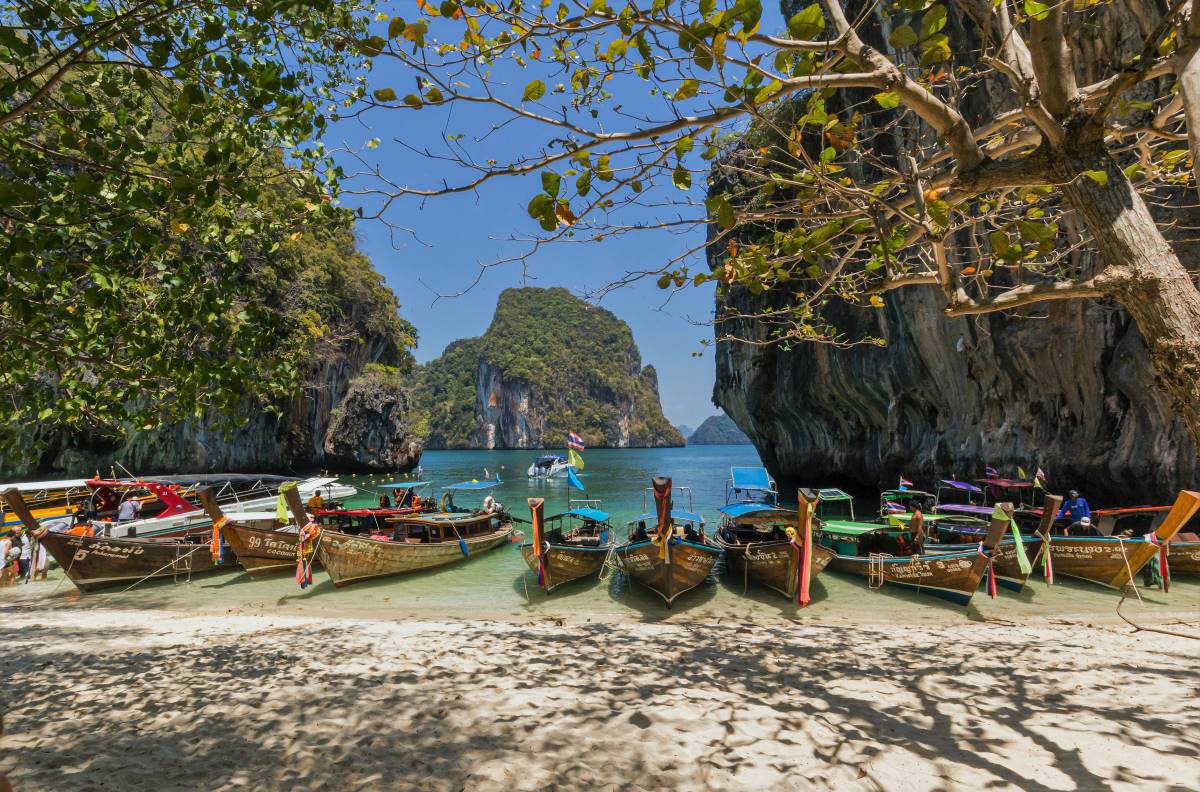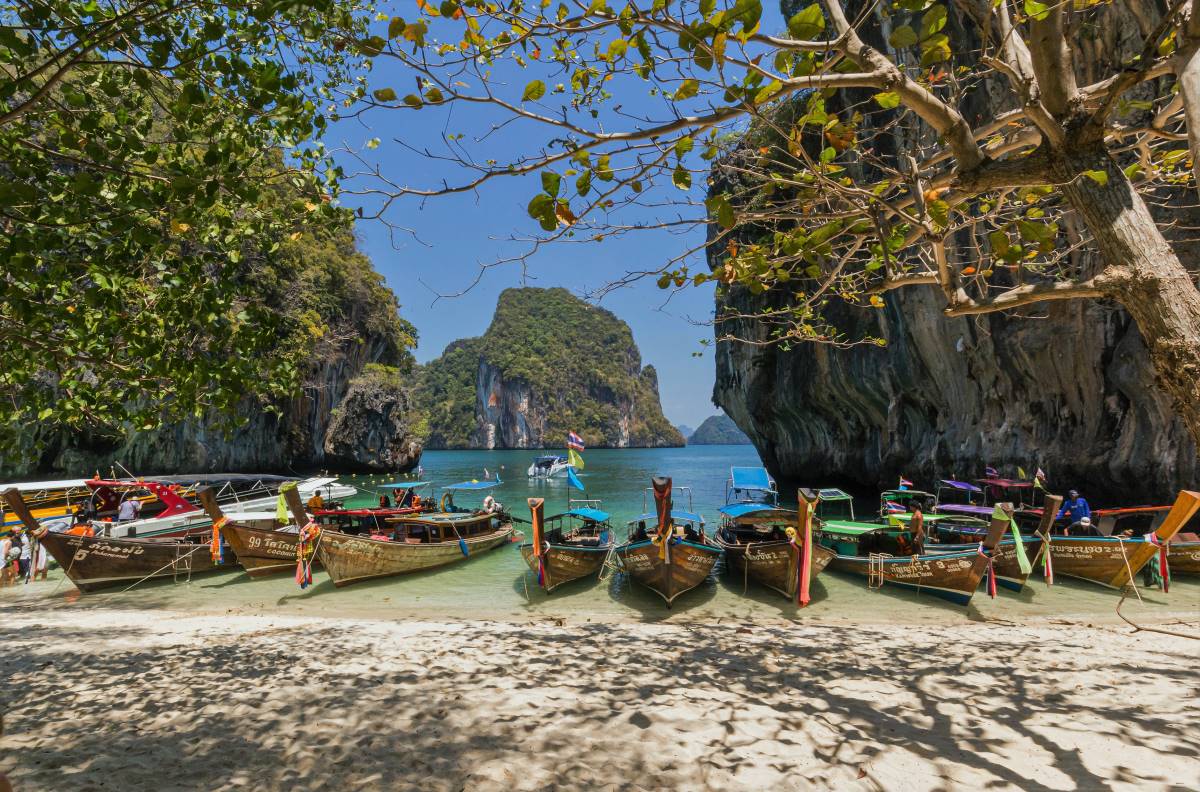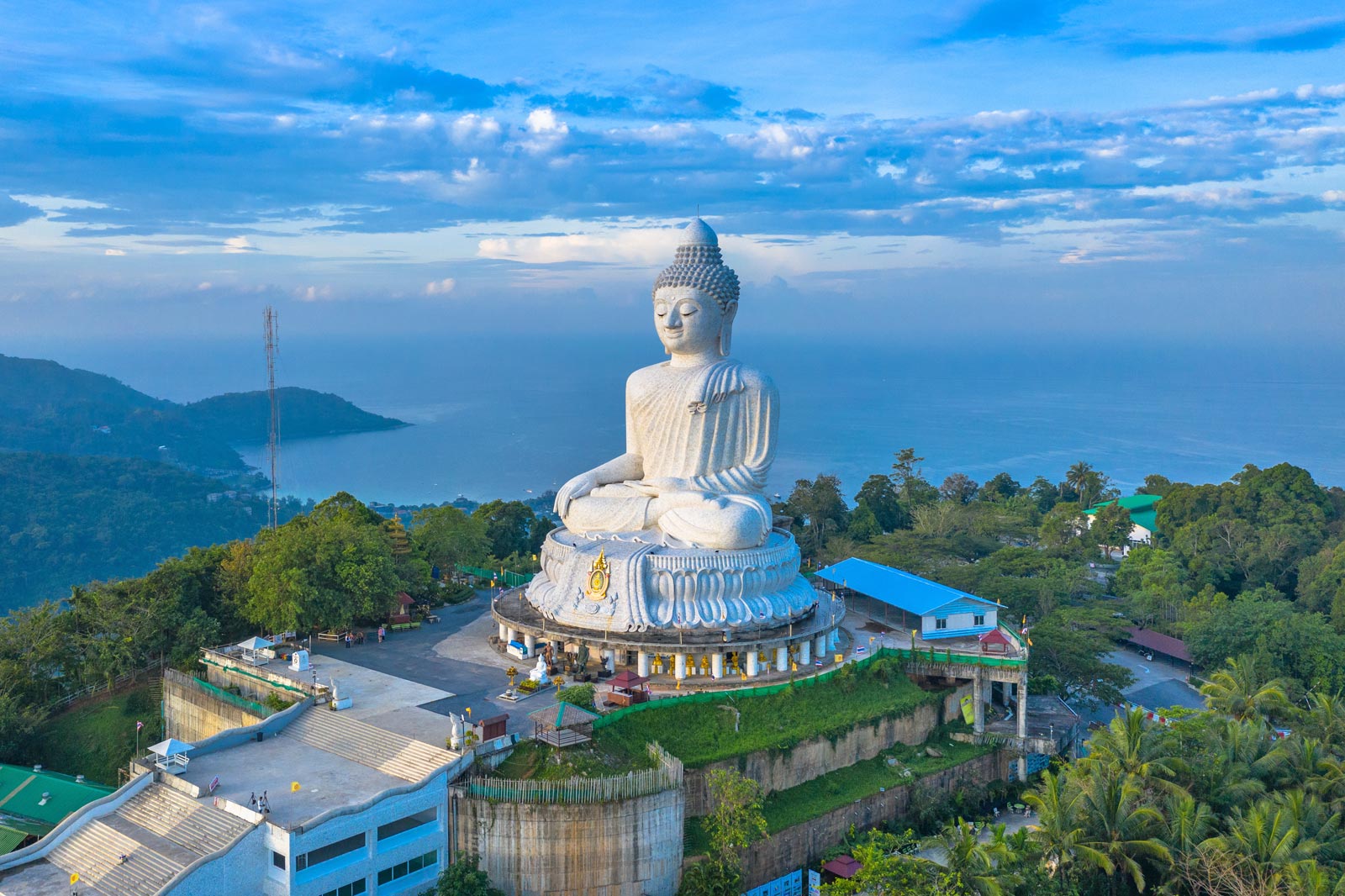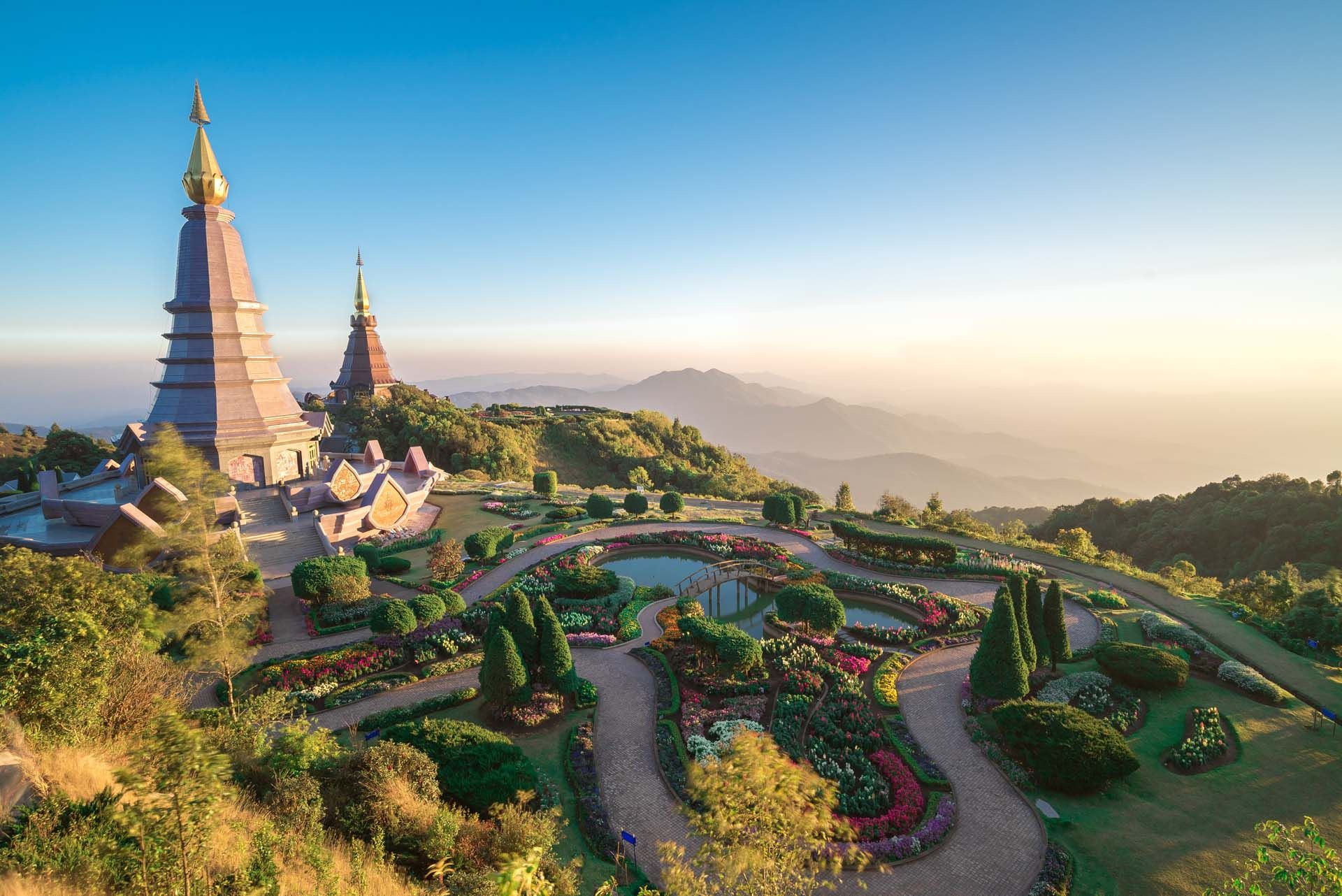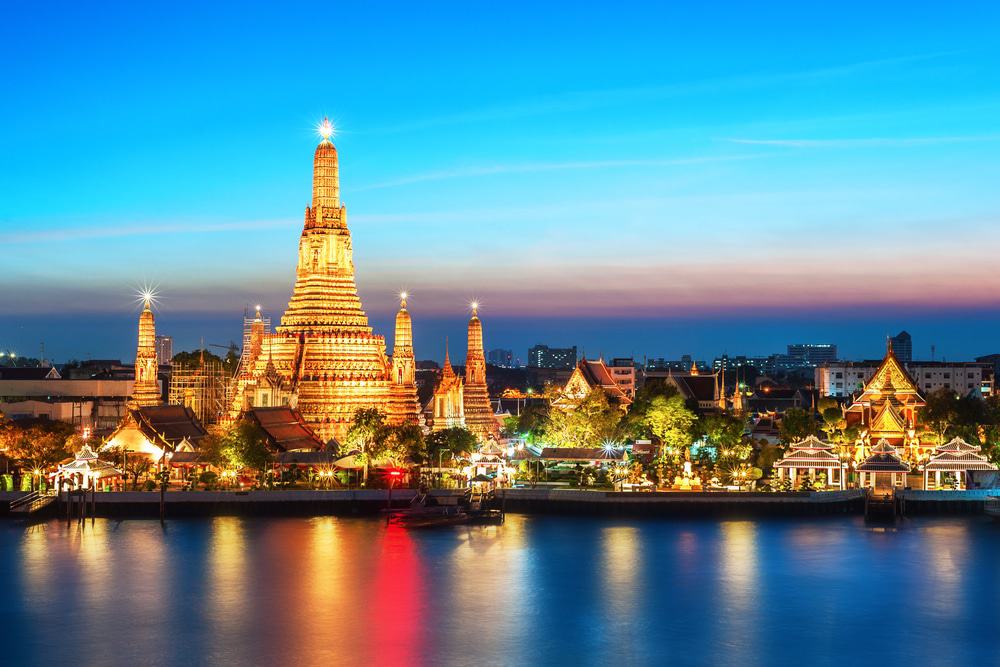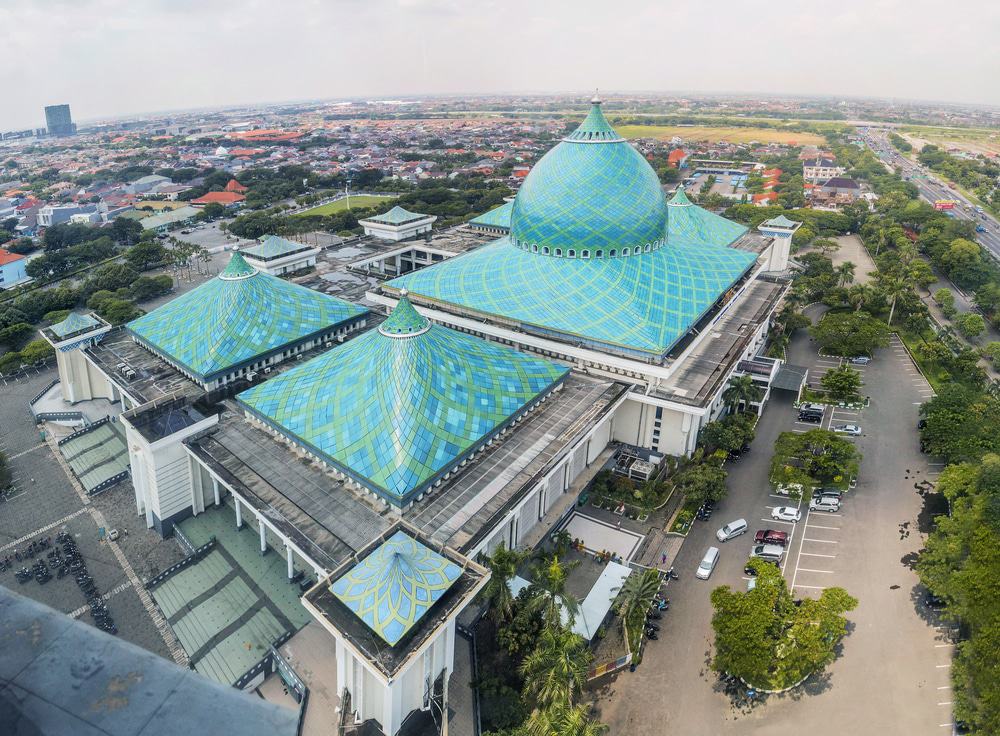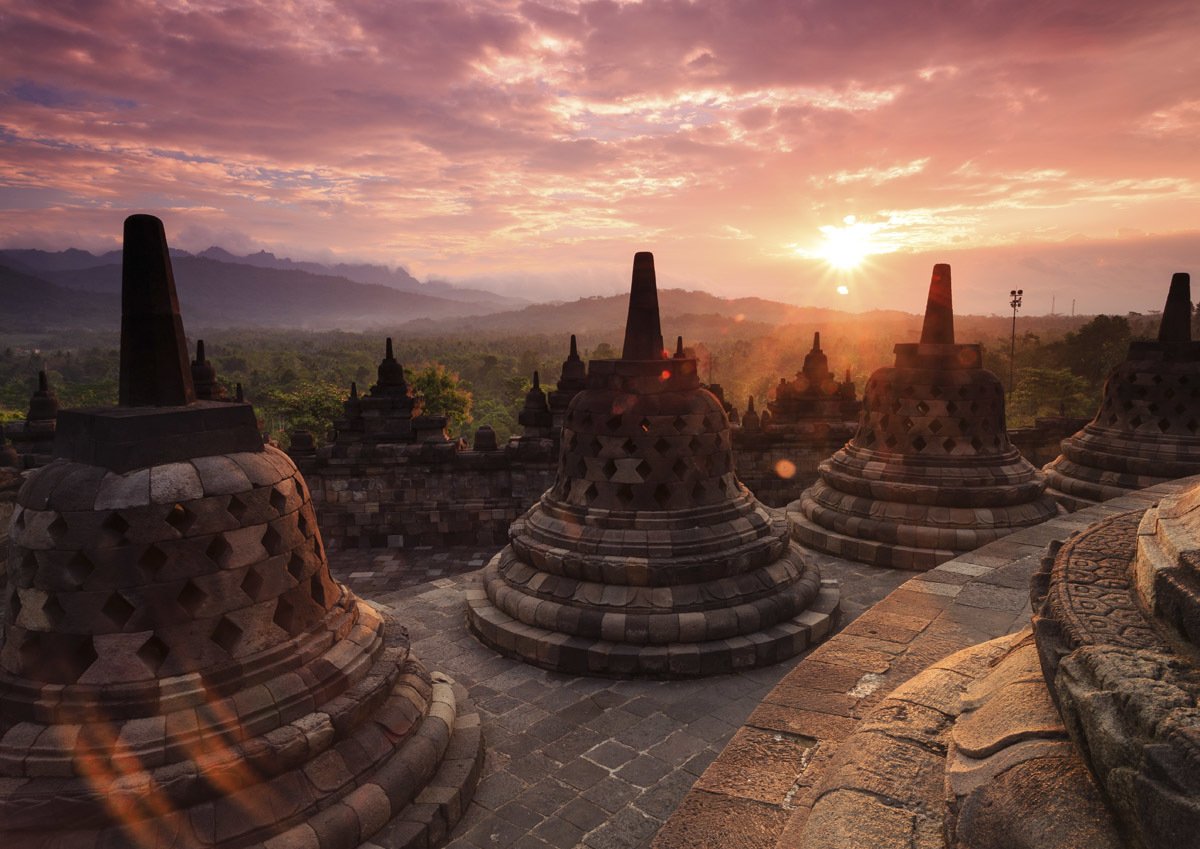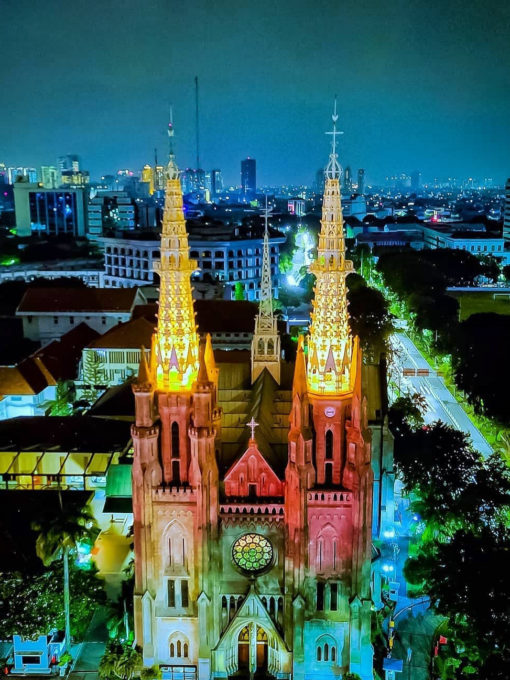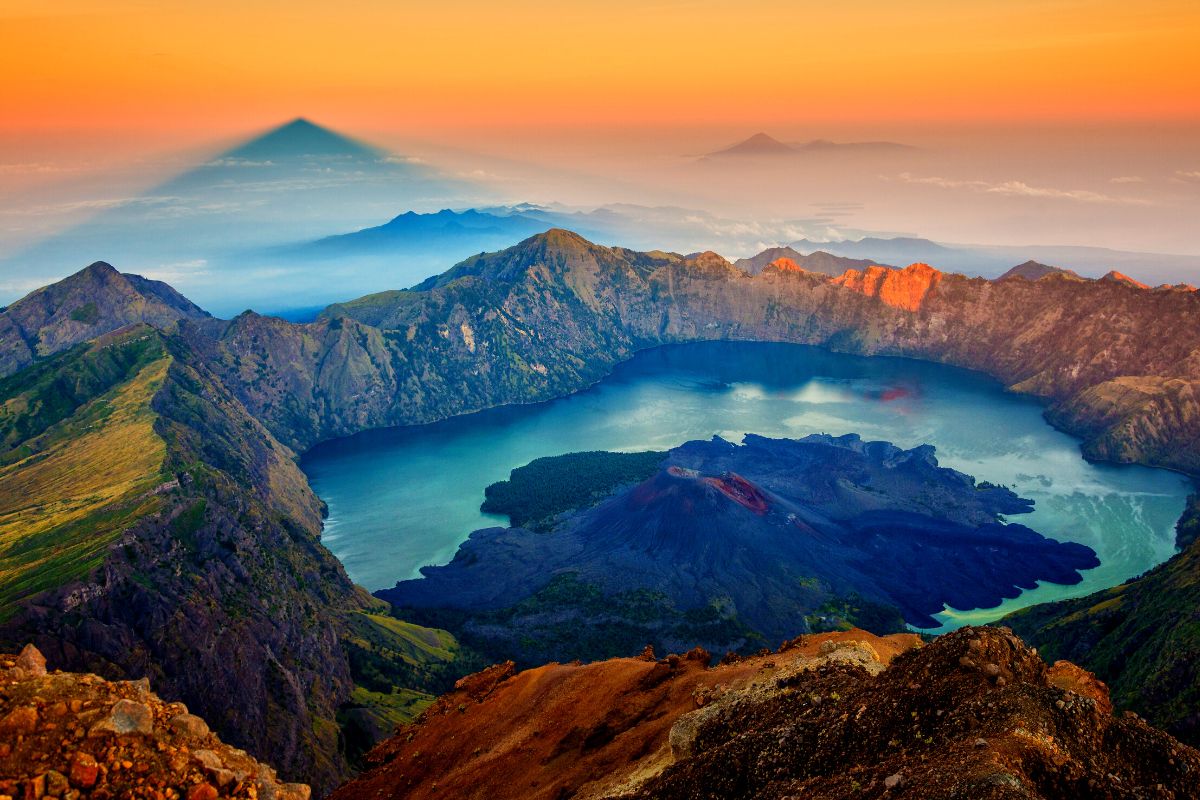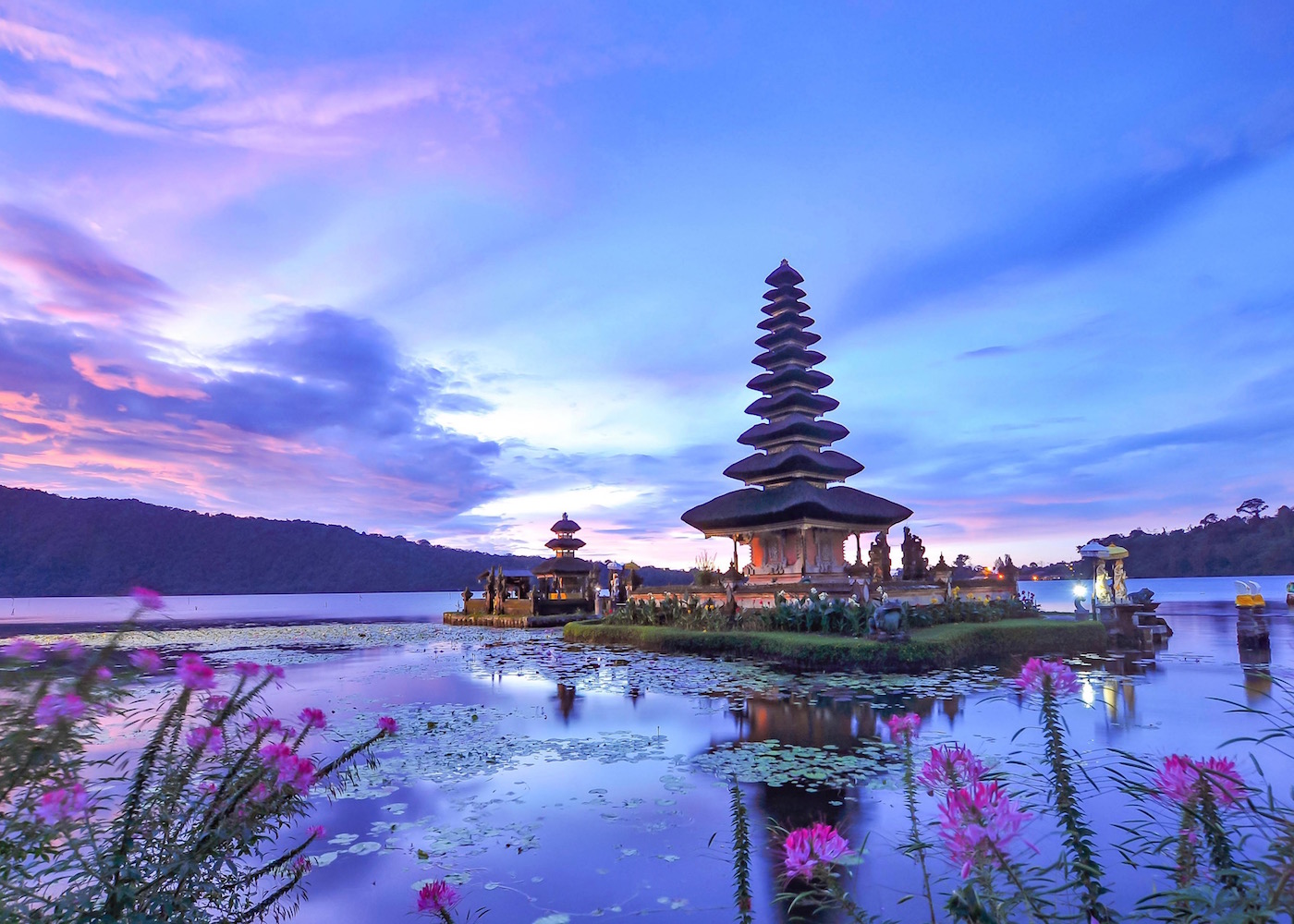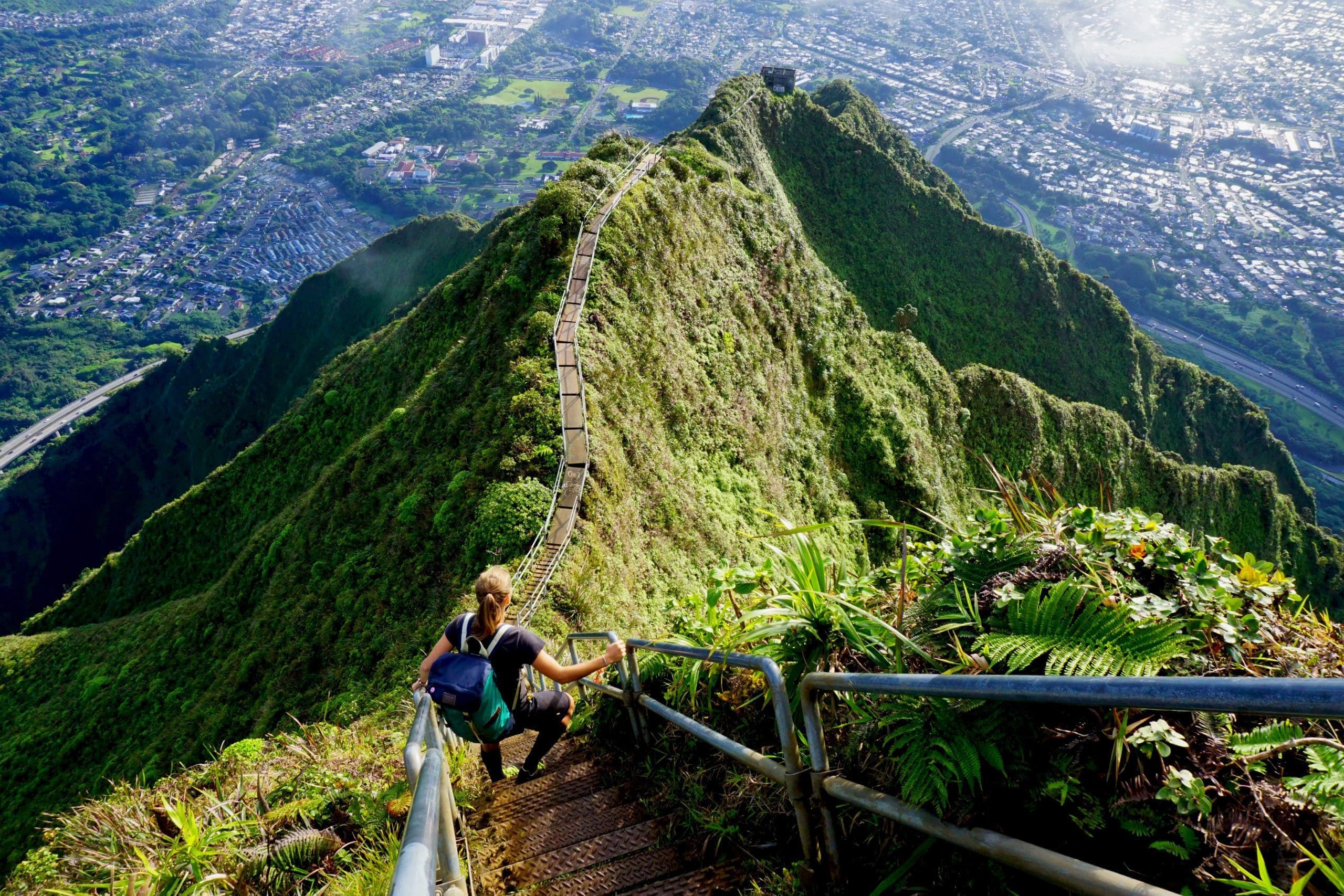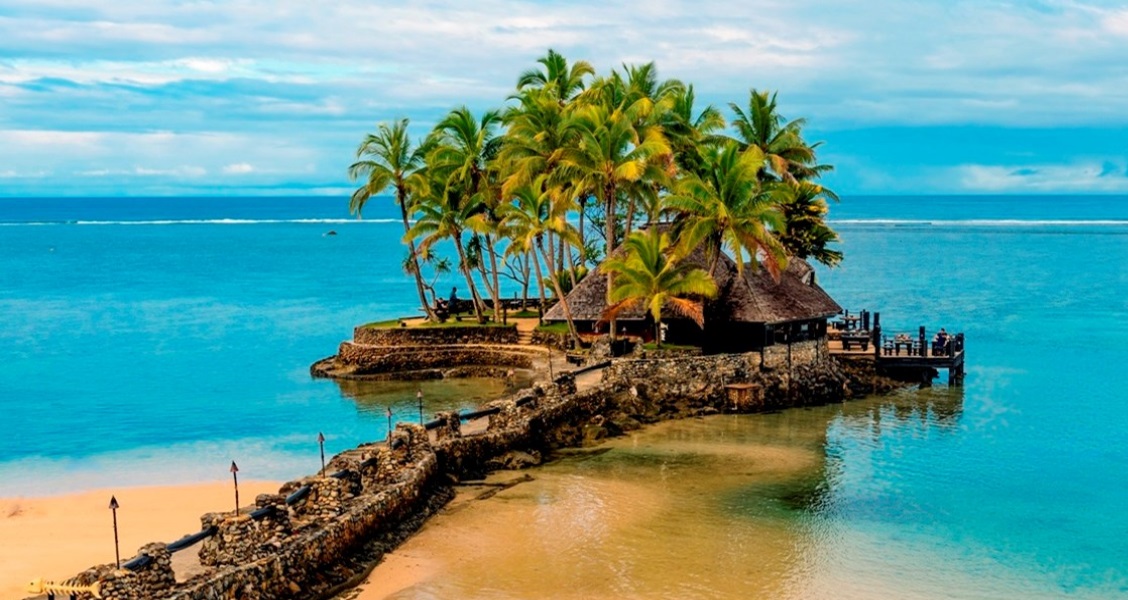Phuket: Paradise Found – A Comprehensive Guide to Thailand’s Pearl of the Andaman
Phuket, the largest island in Thailand, is a jewel of the Andaman Sea, a tropical paradise renowned for its stunning beaches, turquoise waters, lush jungles, and vibrant culture. Whether you’re…
Chiang Mai: A Traveler’s Guide to Northern Thailand’s Rose
Chiang Mai, the "Rose of the North," is a city that effortlessly blends ancient traditions with modern comforts. Nestled amidst lush mountains and fertile valleys, it’s a haven for travelers…
Bangkok: A Symphony of Sights, Sounds, and Sensations – Your Ultimate Guide
Bangkok, the "City of Angels," is a vibrant metropolis that assaults the senses in the best possible way. A whirlwind of ancient temples, bustling markets, gleaming skyscrapers, and a river…
Surabaya: A Vibrant Metropolis Where History Meets Modernity
Surabaya, Indonesia’s second-largest city, is a dynamic and captivating metropolis brimming with a rich history, bustling commerce, and a unique cultural identity. Often overlooked in favor of Bali’s beaches or…
Yogyakarta: The Soul of Java – A Complete Guide
Yogyakarta, or simply Yogya, is more than just a city in Indonesia; it’s a vibrant cultural heart, a repository of history, and a living testament to the enduring traditions of…
Jakarta: A Metropolis of Contrasts – Exploring Indonesia’s Vibrant Capital
Jakarta, the sprawling capital of Indonesia, is a city of immense scale and captivating contrasts. It’s a place where gleaming skyscrapers cast shadows on historic districts, where the aroma of…
Lombok: Beyond Bali’s Shadow, an Island of Enchantment and Adventure
For years, Lombok has languished in the glamorous shadow of its more famous neighbor, Bali. Yet, this crescent-shaped island to the east of the Sunda Strait is a gem waiting…
Bali: Island of the Gods, A Symphony of Serenity and Adventure
Bali, the "Island of the Gods," is more than just a tropical paradise; it’s a vibrant tapestry woven with ancient traditions, breathtaking landscapes, and a spirit of profound spirituality. From…
Aloha Spirit: A Comprehensive Guide to Experiencing the Magic of Hawaii
Hawaii, a breathtaking archipelago nestled in the heart of the Pacific Ocean, is more than just a tropical paradise; it’s a vibrant tapestry woven with rich history, diverse landscapes, and…
Fiji: An Archipelago of Dreams – Your Ultimate Guide to Paradise
Fiji, a nation comprised of over 300 islands scattered across the azure expanse of the South Pacific, is more than just a postcard-perfect destination; it’s a vibrant tapestry woven with…
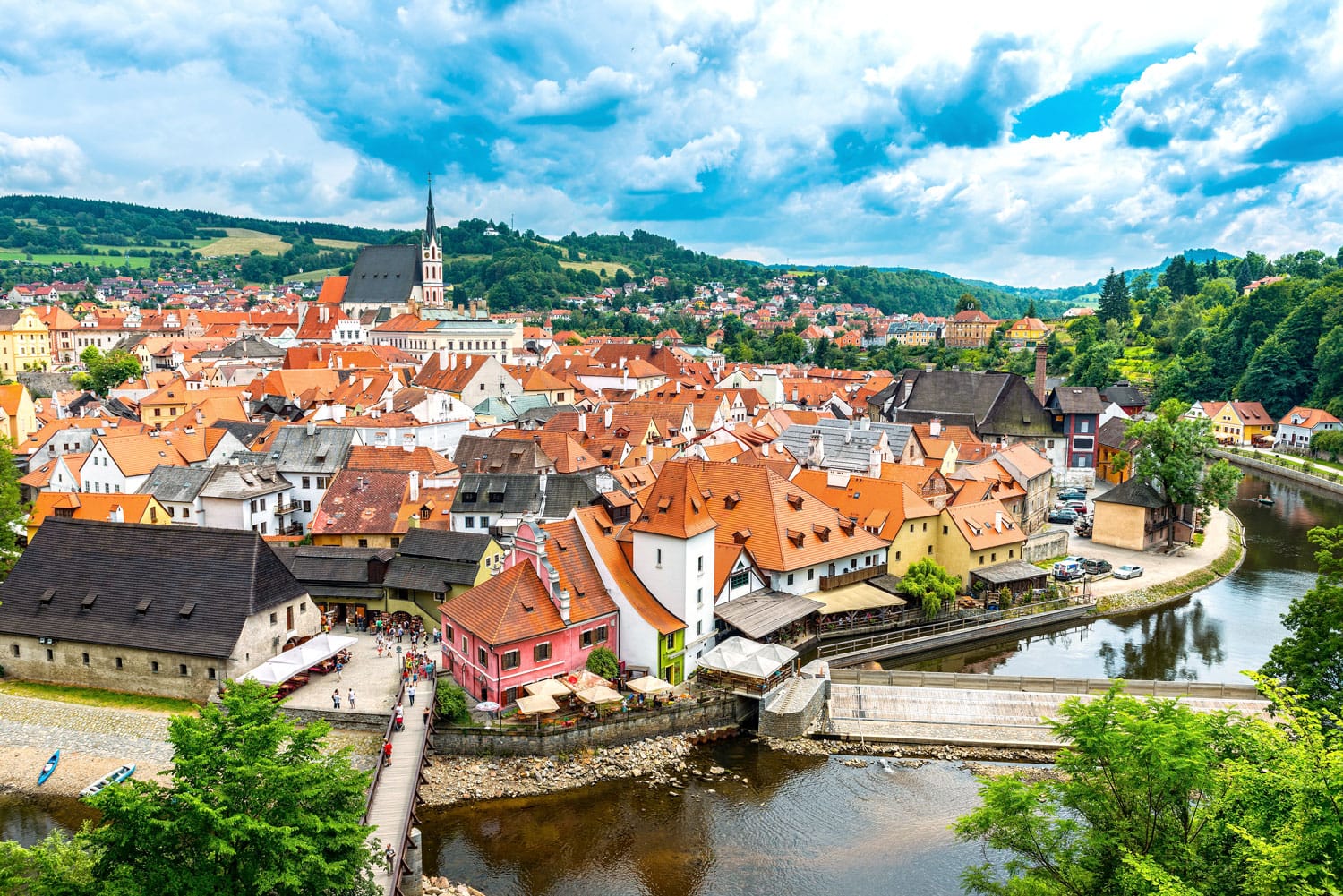 Beyond the Fairy Tale: Your Comprehensive Guide to Staying in the Czech Republic
Beyond the Fairy Tale: Your Comprehensive Guide to Staying in the Czech Republic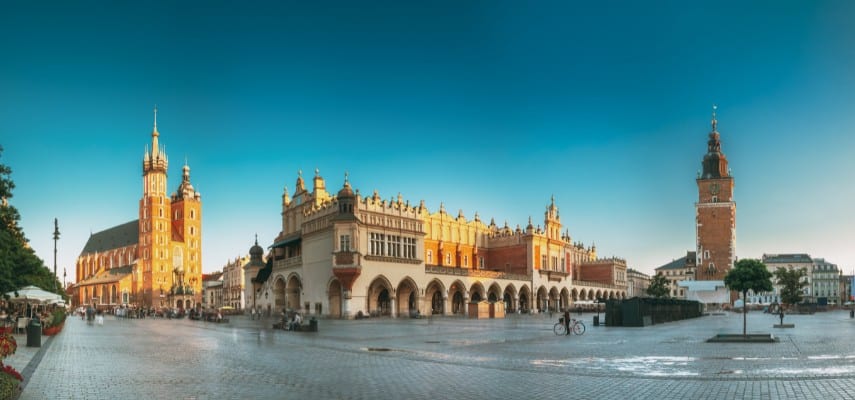 Poland: A Tapestry of History, Culture, and Unforgettable Stays
Poland: A Tapestry of History, Culture, and Unforgettable Stays Lebanon: A Tapestry of History, Culture, and Coastal Charm – Where to Stay and What to Experience
Lebanon: A Tapestry of History, Culture, and Coastal Charm – Where to Stay and What to Experience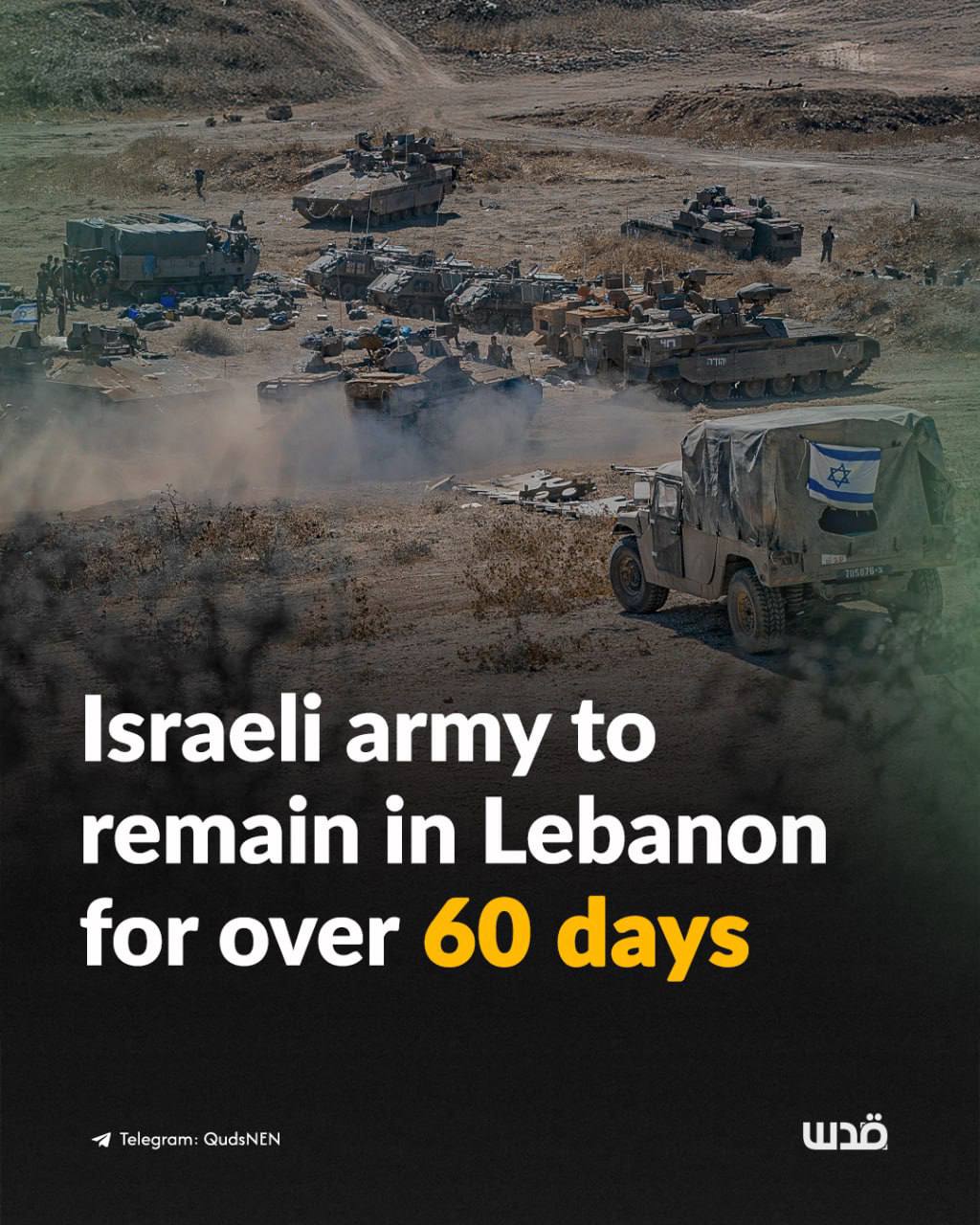 Israel: A Tapestry of Time, Faith, and Adventure – Your Ultimate Guide to Where to Stay
Israel: A Tapestry of Time, Faith, and Adventure – Your Ultimate Guide to Where to Stay Oman: Where History Whispers and Adventure Awaits – A Guide to Your Perfect Stay
Oman: Where History Whispers and Adventure Awaits – A Guide to Your Perfect Stay Journey Through Timeless Sands: Where to Stay and What to Experience in Jordan
Journey Through Timeless Sands: Where to Stay and What to Experience in Jordan Where to Stay in Saudi Arabia: A Journey Through Ancient Wonders and Modern Marvels
Where to Stay in Saudi Arabia: A Journey Through Ancient Wonders and Modern Marvels Unveiling the Kingdom: A Comprehensive Guide to Where to Stay in Saudi Arabia
Unveiling the Kingdom: A Comprehensive Guide to Where to Stay in Saudi Arabia Beyond the Skyline: Your Ultimate Guide to Staying in Qatar
Beyond the Skyline: Your Ultimate Guide to Staying in Qatar Beyond the Desert Bloom: Where to Stay in Qatar and Discover its Treasures
Beyond the Desert Bloom: Where to Stay in Qatar and Discover its Treasures




















































































